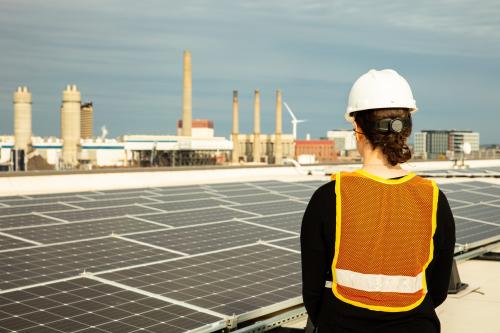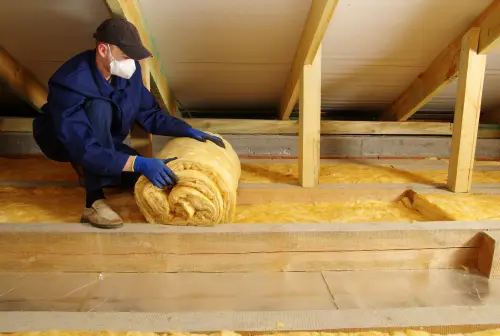In June Montgomery County, Md. became the first local jurisdiction in the nation to create a green bank. Green banks provide financing for renewable energy and energy-efficiency projects that commercial sources will not yet provide on their own, and Montgomery County’s will leverage public and private funds to drive investment and scale up clean energy deployment.
With the county’s move, the green bank movement has gone local, expanding beyond state-level efforts and staking another claim for “bottom-up” problem-solving.
But while the Montgomery County bank represents a bold step in a growing national movement, its creation highlights a challenge that hinders the establishment of green banks elsewhere: public funds to help capitalize green banks. As Mark Muro and Reed Hundt have noted, even as state and regional leaders begin to realize the need for focused channels like green banks to combine limited public funds with far greater private investment, they are running up against the challenge of finding start-up capital to seed these banks.
Montgomery County’s green bank will be capitalized with $20 million from the merger settlement with Pepco-Exelon. In the absence of this initial funding, it is doubtful that the county’s green bank proposal would have seen the light of day.
States haven’t been free of this hurdle either. Green banks in Connecticut, New York, and Rhode Island have been funded with dollars repurposed from existing public programs. Vermont has expressed interest in setting up a green bank but has been stymied by the lack of initial capital. The state legislatures in Maryland and Nevada have invested in green bank studies but have been unable to identify any public resources to actually set the banks up.
In short, for the green bank movement to respond to the enormity of the nation’s clean energy challenges, states and local jurisdictions need access to large-scale public dollars to seed the banks’ creation and expansion.
Washington has not been forthcoming. The Green Bank Act, introduced by Congressman Chris Van Hollen of Maryland in 2014, would have created a federal green bank that, in addition to financing clean energy projects across the United States, would have had the authority to co-fund the creation of state-level green banks by offering low-interest loans of up to $500 million. That legislation has gone nowhere.
And yet, significant other opportunities exist for the federal government to emerge as a supportive partner and to aid and abet the nation’s green bank movement. One such opportunity, as detailed in a memo by the Coalition for Green Capital, involves using modest definitional and eligibility clarifications to unlock billions of underutilized dollars, such as reside in the Department of Energy’s Loan Guarantee Program, which could flow into state and local green banks around the country.
Montgomery County’s green bank may foreshadow wider interest among counties and local governments to establish similar entities. Their success, however, may be determined by these facilities’ ability to access modest amounts of federal dollars. In that sense, the future of green banking will likely be “federalist” rather than federal.



Commentary
Green banking goes local
July 13, 2015